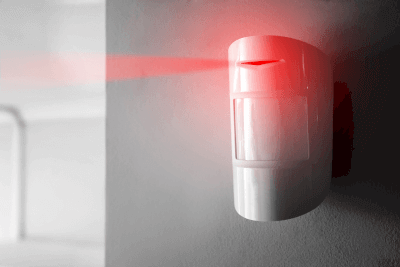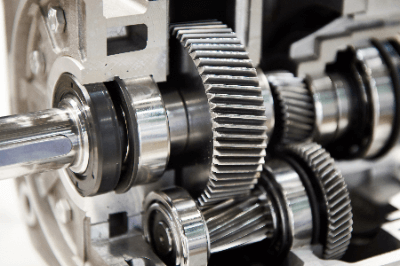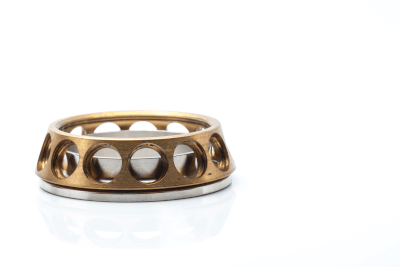What Is Electric Power Cable?
Electric power cable is an electrical conductor used to transmit high current electricity and consists of a conductor surrounded by an insulation layer and covered with a sheath.
They are buried underground in urban and industrial areas to transport electric power, and are also used to supply electric power inside buildings such as residences and commercial facilities. In a broad sense, electric power cable also includes cables used in power outlets.
Uses of Electric Power Cables
Electric power cables are used as high-voltage cables that are buried underground in urban and industrial areas to transport electric power, and as low-voltage cables that supply electric power inside buildings, such as residences and commercial facilities. In the supply of electric power, the transmission of electricity from a power plant to a substation is called transmission, and the distribution of electricity to homes and factories after the voltage is lowered at a substation is called distribution. Wiring is the process of conducting electricity to electric lights and mechanical equipment.
High-voltage cables are used for this transmission of electricity and connect distribution lines or premises wiring owned by electric power cable to high-voltage electrical facilities (cubicles) on the user’s side. They are also used to transmit data to distant locations.
Low-voltage cables, on the other hand, are used for power distribution and wiring. Low-voltage cables often used outdoors to supply electric power cable to residences and commercial facilities are vinyl-type cables with vinyl insulation and sheaths, and rubber-type cables with rubber insulation and sheaths. These vinyl cables are often used for power sources that are used in a fixed position. The sheath is hard and impact-resistant, and is not easily exposed to damage from animals.
Rubber-based cables are characterized by the ability to bend cables while energized. For this reason, they are often used inside cable bearers, curtain cables, etc., where the power source is moving. In addition, their high flexibility makes them easy to penetrate into narrow spaces such as gaps between buildings, making them suitable for use in households and offices in high-rise buildings.
Principle of Electric Power Cables
The basic structure of the electric power cable is a conductor surrounded by an insulating layer and sheathed with a sheath. This conductor is used to transmit, distribute, and route electric power.
The insulating layer ensures that power can be safely supplied while reducing the effects of electrical leakage and the generation of magnetic fields in the surrounding area. In addition, the sheath sheathing protects them from damage.
Types of Electric Power Cables
Electric power cables are broadly divided into two types: low voltage cables that can be used at 600 V DC (750 V AC) or lower, and high voltage cables that can be used at higher voltages. Among high-voltage cables, those exceeding 7,000 V are called special high-voltage cables.
1. Low-Voltage Cables
The structure of low-voltage cables consists of a conductor made of copper or other material surrounded by an insulation layer and sheathed with a sheath. The name and characteristics differ depending on the material of the insulation layer and sheath. For example, a conductor made of copper is surrounded by an insulating layer made of vinyl insulation, which is further covered with a sheath made of vinyl, is called VCT or VCTF.
VCT can be used at 600 V or lower, and VCFT at 300 V or lower. Electric Power Cables with three conductors insulated with vinyl or four conductors, including a grounding wire, are used in most cases, since most of the power sources are three-phase alternating current.
In addition, there is also 1CT with one conductor and 2CT with two conductors, insulated with natural rubber and sheathed with natural rubber. CV cables, which are also used in high-voltage cables, consist of a conductor surrounded by an insulation layer of cross-linked polyethylene and sheathed in vinyl, and are also used as low-voltage cables.
2. High-Voltage Cables
The basic structure of a high-voltage cable is a copper conductor surrounded by an insulating layer of cross-linked polyethylene or the like, which is then sheathed in a vinyl or similar sheath. However, it is characterized by an internal semiconductor layer between the conductor and the insulation layer, and an external semiconductor layer between the insulation layer and the sheath.
The conductor and the insulation layer have different expansion coefficients, which may cause gaps. Gaps can also form if the conductor has a convexity. The internal semiconductor layer prevents partial discharge caused by such gaps. In addition, an external semiconducting layer is placed on top of the insulator to make the electric field uniform, thereby suppressing partial discharge.
Note that electric power cables with a voltage of 6,600 V or higher require a shielding layer between the sheath and the outer semiconducting layer. Electric power cable with a high voltage of 6,600 V or higher must have a shielding layer between the sheath and the outer semiconductor layer. Without shielding, high induced voltages may be applied to peripheral equipment and wiring, and a human body may be electrocuted just by approaching the equipment or wiring. Grounding the shielding allows induced voltages to escape safely to the earth.




